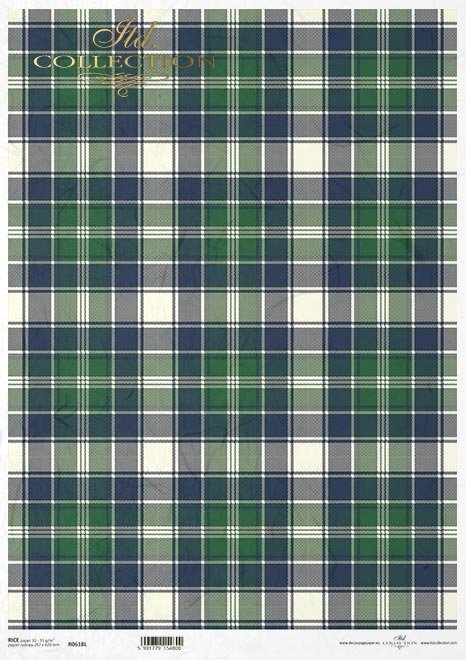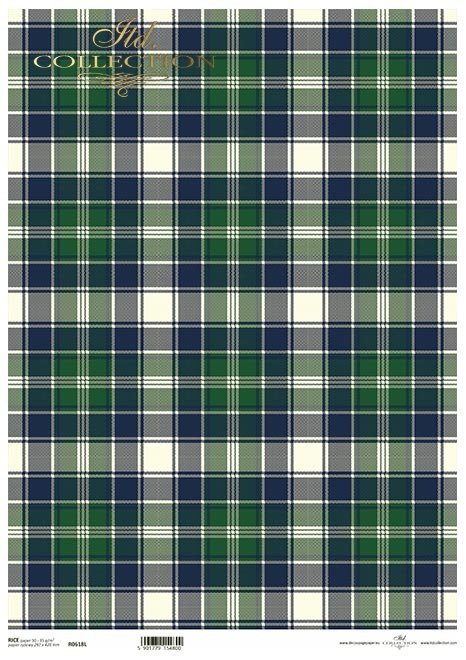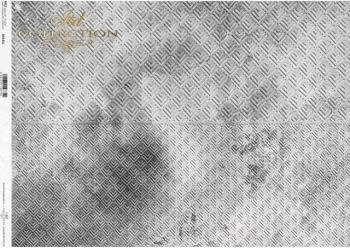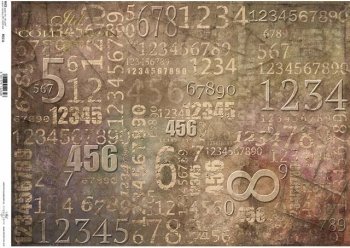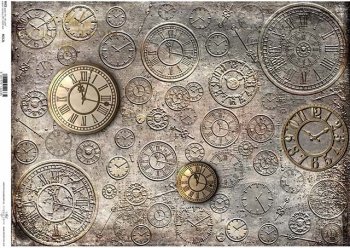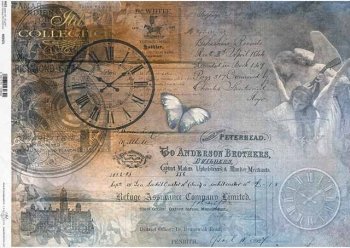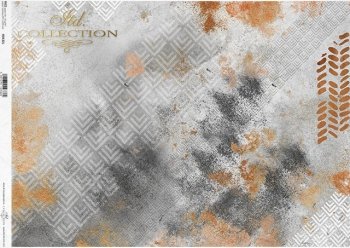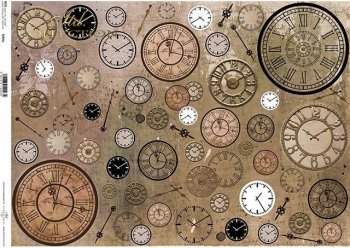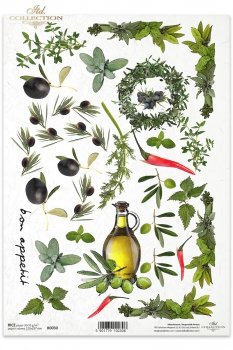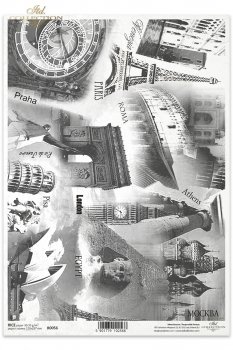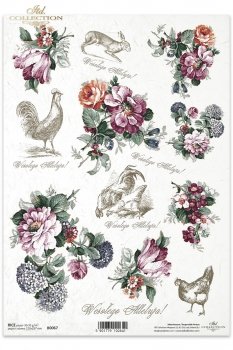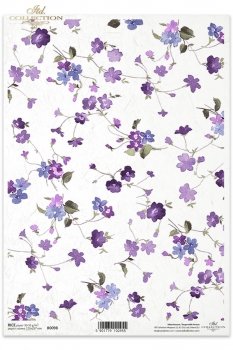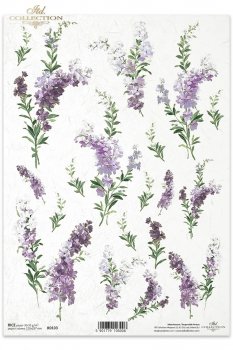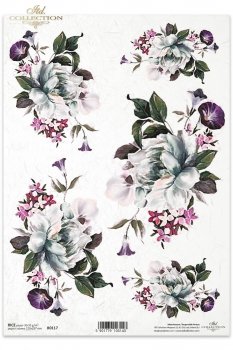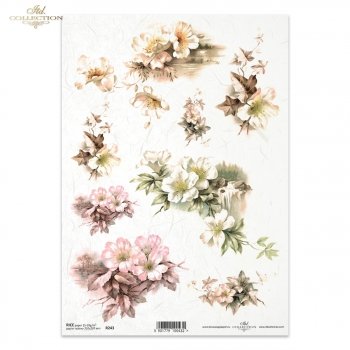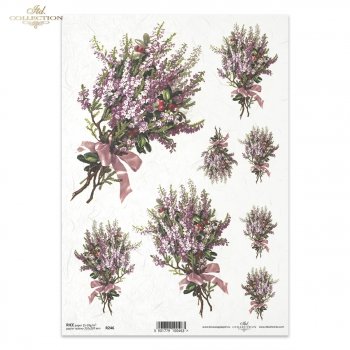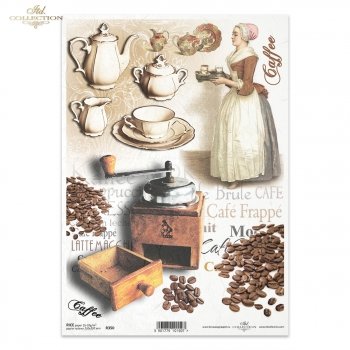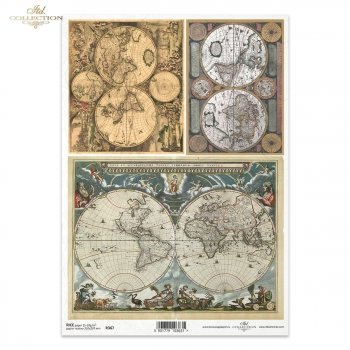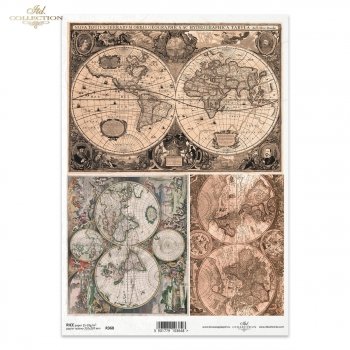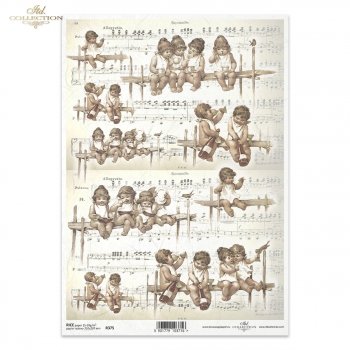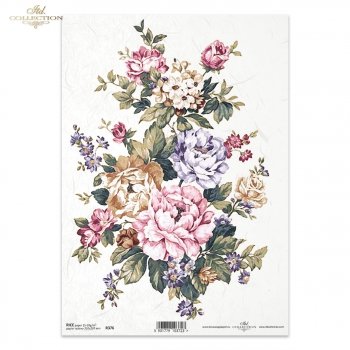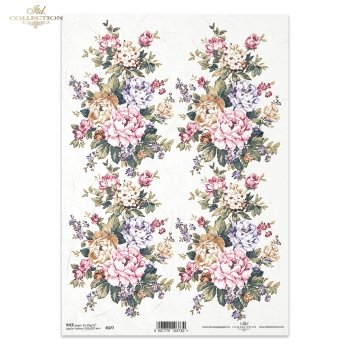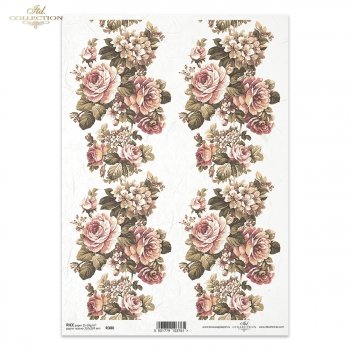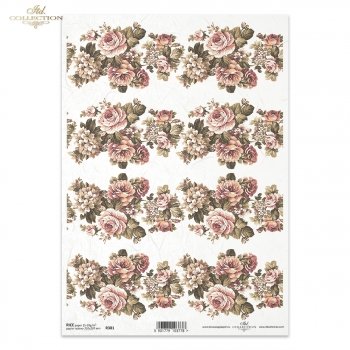-
Załączniki bezpieczeństwa
Załczniki do produktuZałączniki dotyczące bezpieczeństwa produktu zawierają informacje o opakowaniu produktu i mogą dostarczać kluczowych informacji dotyczących bezpieczeństwa konkretnego produktu
-
Informacje o producencie
Informacje o producencieInformacje dotyczące produktu obejmują adres i powiązane dane producenta produktu.ITD Collection
-
Osoba odpowiedzialna w UE
Osoba odpowiedzialna w UEPodmiot gospodarczy z siedzibą w UE zapewniający zgodność produktu z wymaganymi przepisami.
Rice decoupage paper A3
Decoupage paper - Scottish grating, grid, background, base, dark blue, green, grey and white grid
Rice paper is a fantastic alternative for traditional napkins. It's easy to work with it. This paper can be stuck to all surfaces. In all it's structre it has characteristic fibres of irregular thickness placed in any directions thanks to it odjects gain original apparance. A suitabel technique of printing makes colours look clear and they don't clear off when we use glue and they don't fade, too. It is the best paper for decoupage.
Attention! Rice paper should be tear rather than be cut.The edge is easier to hide in the work of decoupage technique.
ITD Collection decoupage papers are intended for "Serviettentechnik",”Serviettage”, ”técnica de la servilleta”.
Variety of design - excellent quality. Polish producer of rice decoupage paper. We invite you to cooperation.
size 420x297 mm A3, 30 g/m2
Rice paper A3 - R0618L
The best paper to use in the decoupage technique. Perfect both for beginners and advanced users. Very thin and light - only about 25-30 g/m2, semi-transparent, naturally white. It contains typical, clearly visible fibers of irregular gauge, arranged in all directions all over the paper surface, giving it an original look and structure. The paper is unusually strong and durable, it does not disintegrate in hands. It is easy to stick to any base used in decoupage (glass, wood, mdf, polystyrene foam, etc.), with any glue used for decoupage. It is possible to lengthen it slightly while decorating rounded objects. It does not corrugate. It is surely the best alternative in the napkin technique.
Bright colors, that do not wash off in contact with glue and do not fade. The overprint is done with use of a verified technology, and the design is impressive.
The rice paper for decoupage does not need any previous preparation. Just glair it and stick.
Each picture should be torn away from a sheet, and not cut with scissors. The irregular edge of the rice paper is really easy to hide on the surface of the decorated object. Final work should be sealed with multiple coats of varnish.








